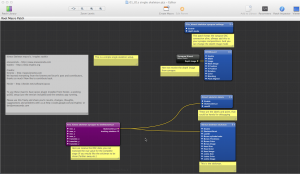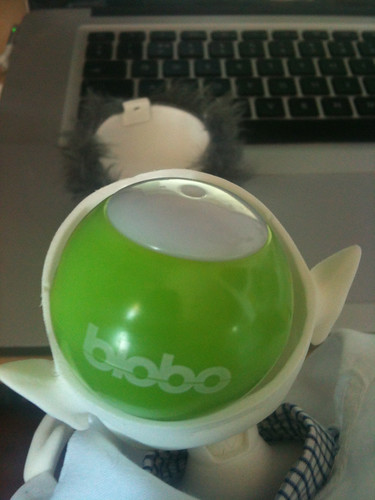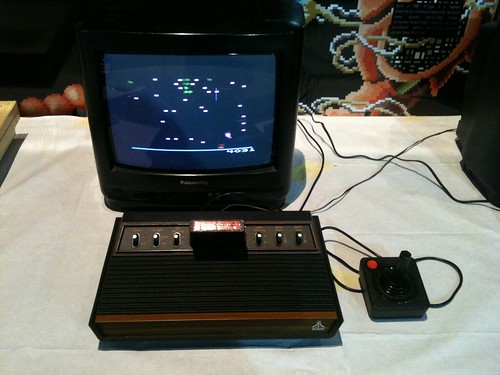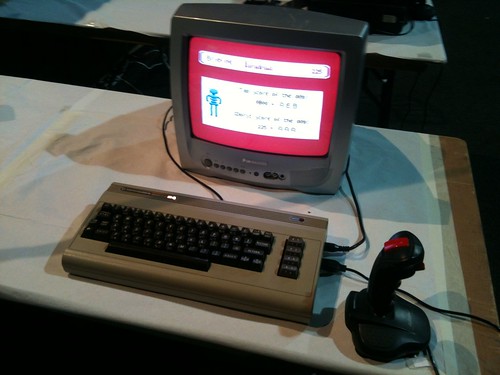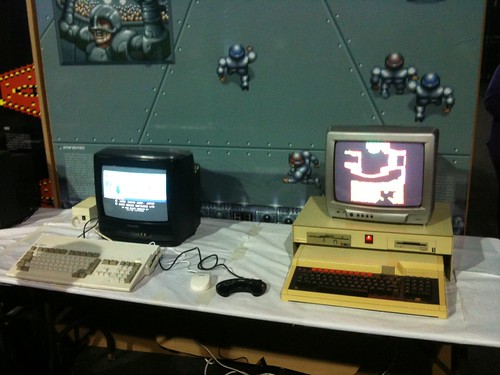It has been a while since I just went for a wander in Second Life. I have very little building space on my islands now as they are pretty much totally rented out so I just have 1 corner or Hursley. So I thought as I was in there I would pop off and have a look around. It always helps to have a subject or a reason or something to search for, but I started off just looking at some art.

Though it then dawned on me I had not explored martial arts in Second Life for a very long while and I thought I would take a look with my new Choi Kwang Do enabled brain. (enabled by SouthCoast CKD 🙂 )
There are a fair few martial arts related places, groups etc. None specific to CKD though. I did check out an arena for more kung fu and weapon related battles at Colibri.

Then I thought it was time the CKD logo made its way into SL and so my little plot now has the start of a virtual Dojang.
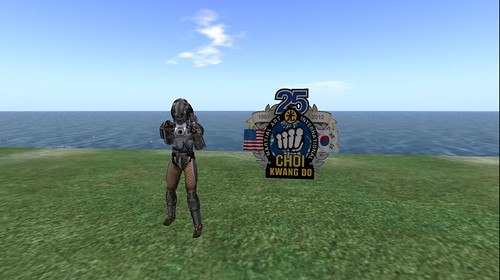
I popped along to Abraminations, just like in the old days back on ’06 (is it really that long ago!) and checked out the fighting systems and animations. The closest was a kickboxing one.
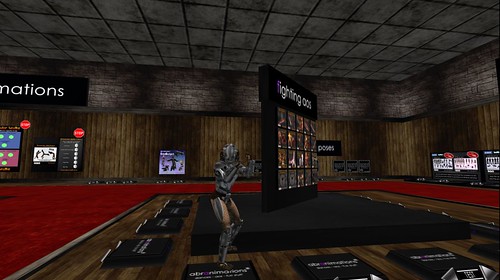
Then I shot this little video to see how off the animations are from CKD. The guard hand and stance and a lot of the moves are not as flowing as CKD but it shows an interesting potential to people not yet versed in virtual world tech and sports.
Now I am wondering about taking the kinect tracking and seeing if I can mocap that to my patterns for CKD and get the BVH file up into SL. Just so I could use a lot of acronyms 🙂 I know the skeleton format is going to be different but it is something to work on.
This is initially just a bit of fun, but…. as we know with projects like The Coaches Center we are getting closer to being able to enable hold gathering and meetings and share more insights.
Here I am sat in my personal coaches office, with Choi Terms on the board and a synchronized version of the kinect ckd test playing, the same view anyone would get if I invited them in.
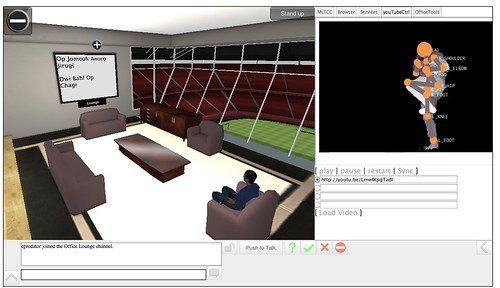
(You can also load videos and graphics etc onto various other boards in the room to share with people)
So there I am with a virtual presence, a shared space and all the tools available voice, text, imagery, avatar placement reaching out to the web to pull in other content. All in Unity3d 🙂 check is out and register in the beta at The Coaches Center
Cool isn’t it? Imagine being able to attend a class from anywhere for those time when you just can’t get to the Dojang, or for blackbelts and masters all over the world to connect and share their insights.

